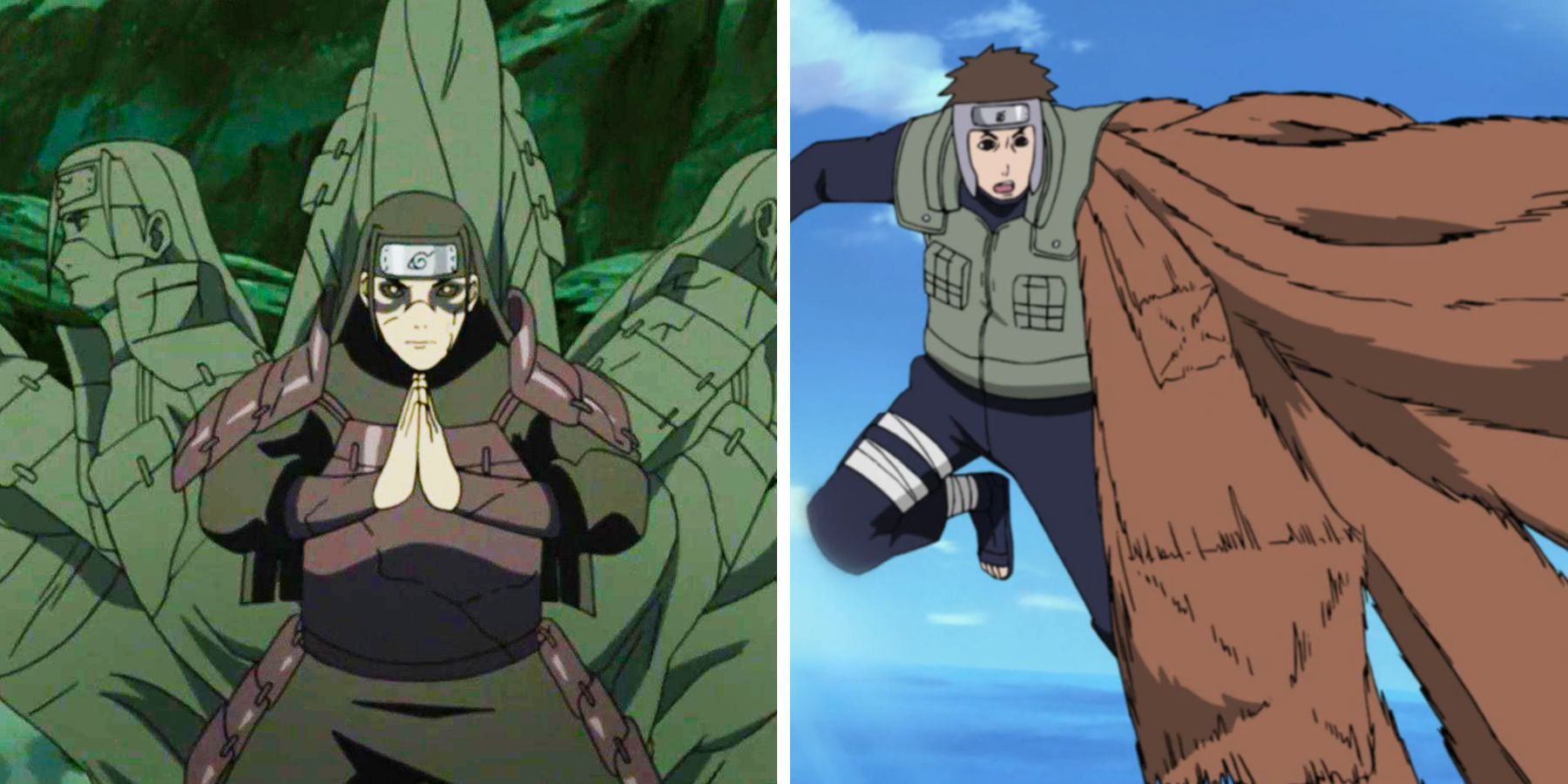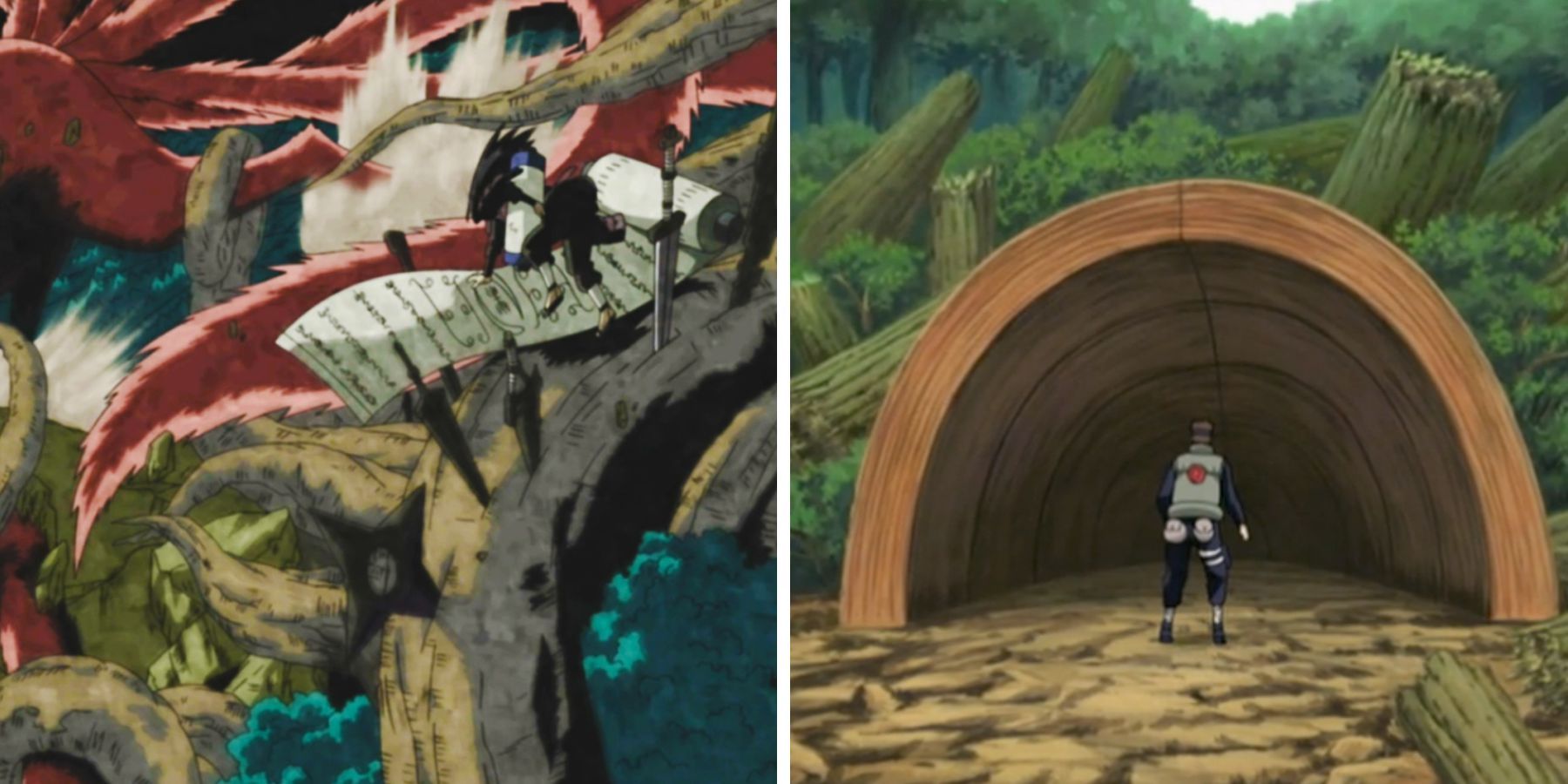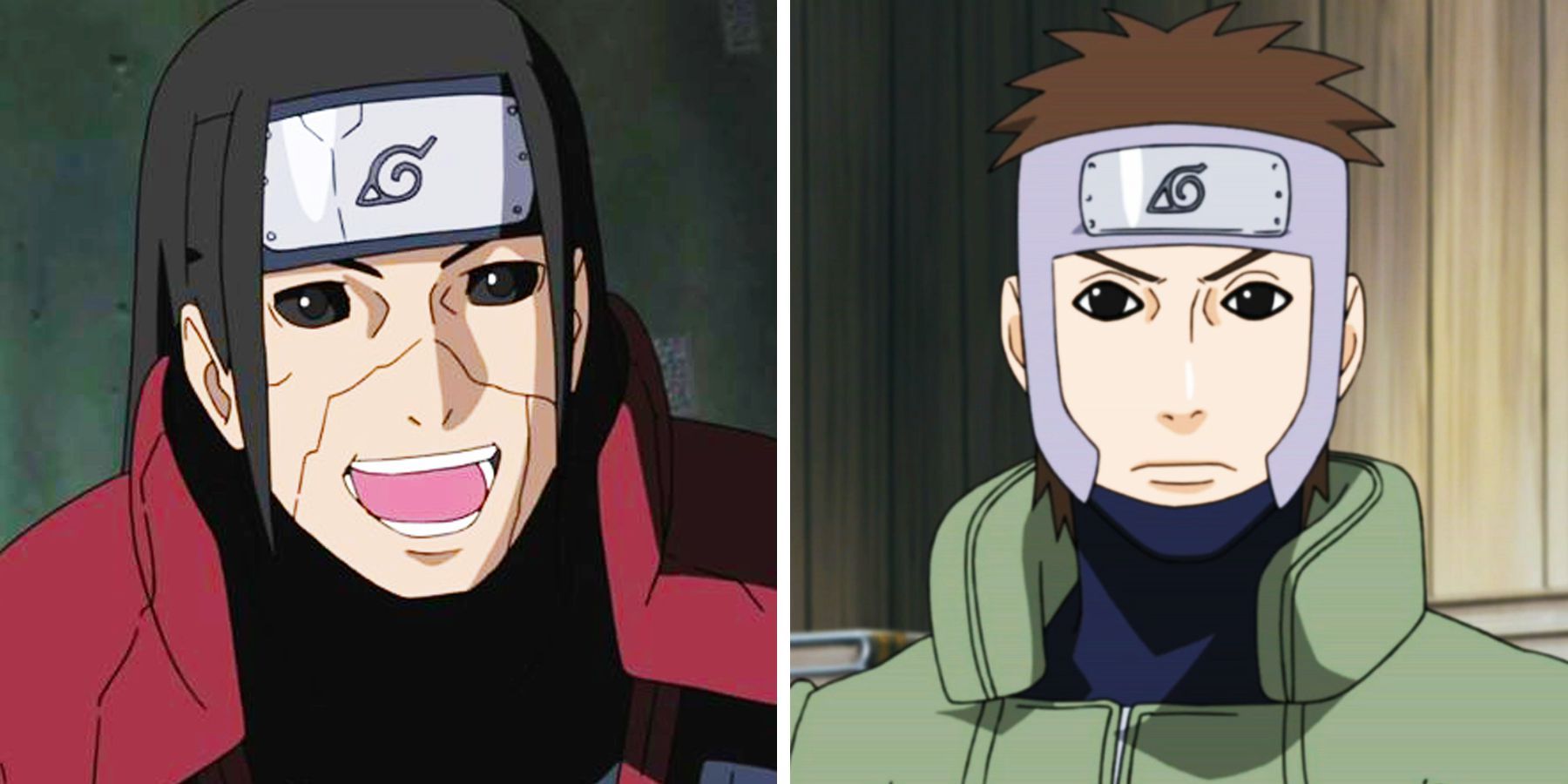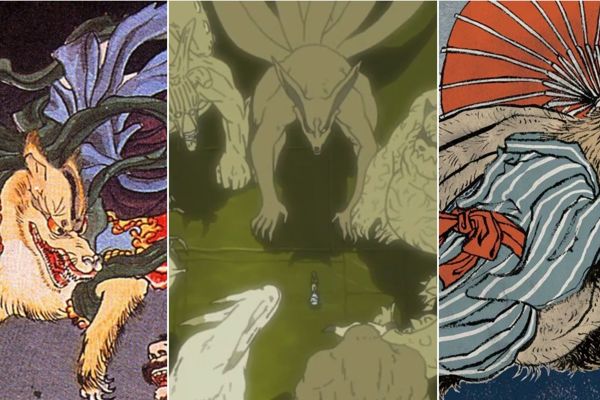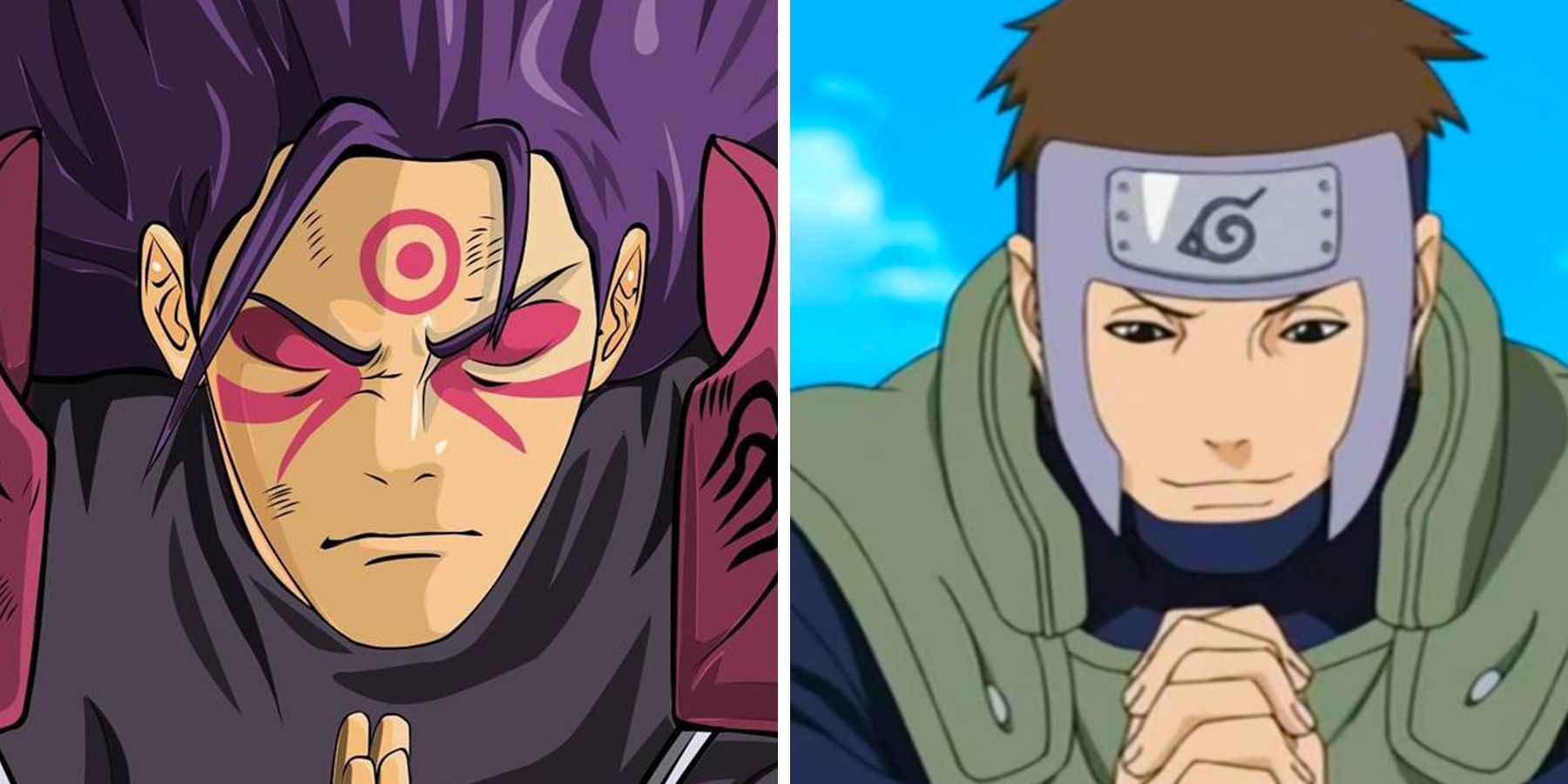
Naruto: Unveiling the Secrets Behind Yamato's Limited Wood Release Compared to Hashirama's Might

Exploring the power imbalance between Yamato and Hashirama's wood release abilities in Naruto Uncover the reasons behind their differing strengths as we delve into chakra levels, fighting experience, and personality traits
The Wood Release is undoubtedly one of the rarest, if not the rarest, Kekkei Genkai in the shinobi world's history, as it grants the ability to manipulate nature itself. Throughout history, there are only two individuals known to possess this technique: the legendary shinobi Hashirama Senju and Yamato, the interim leader of Konoha's Team 7.
Interestingly, Yamato's wood release is a result of Orochimaru's experimentation, unlike Hashirama, who was naturally born with this unique ability. However, their wood release capabilities are essentially the same. Yamato has even inherited the power to restrict and partially control the tailed beasts. Yet, during the 4th Great Ninja War, we witnessed a staggering difference in power between the two. As Yamato is essentially a clone of Hashirama, it raises the question of why his Wood Release is not as formidable as Hashirama's.
Difference In The Amount Of Chakra
The primary reason for the significant discrepancy in wood release ability between Hashirama and Yamato lies in their innate physical capabilities, specifically the disparity in their chakra reservoirs. Yamato, a skilled Jonin and former member of the prestigious Konoha Anbu forces, boasts a commendable level of chakra and can hold his own against formidable adversaries. However, when comparing Yamato's chakra reserves to Hashirama's, the difference is staggering, akin to comparing a humble pond to a vast ocean. Simply put, due to the sheer magnitude of his chakra alone, Yamato never stood a chance against Hashirama.
Hashirama possesses one of the most substantial, if not the largest, chakra reserves in the history of the ninja world. A particular event during the 4th Great Ninja War serves as evidence to support this claim. When Naruto combines his chakra with that of the nine-tailed beast and disperses it among the allied soldiers, Hashirama comments that Naruto "nearly matches my chakra levels."
Difference In Fighting Experience
Having a substantial reserve of chakra is akin to possessing a vast battery. This allows Hashirama to extract significantly greater amounts of energy from it, enabling him to unleash immensely more potent jutsu, sustain his presence on the battlefield for considerably extended periods, and reap numerous other remarkable advantages.
A Shinobi’s power is significantly influenced by their fighting experience. This encompasses not only the duration they have spent engaged in battles over the course of their lives but also the intensity of those encounters. Yamato, a former member of Konoha’s Anbu, has undoubtedly found himself in countless challenging situations and faced formidable Shinobi throughout his illustrious career. However, he currently resides in a relatively tranquil era.
Hashirama, on the other hand, exists during a period of immense turmoil. He has been involved in numerous life-threatening conflicts and constantly put his life on the line, facing off against some of the most formidable Shinobi in history, such as the legendary Madara Uchiha. A shinobi with extensive combat experience possesses the ability to swiftly respond to incoming attacks, analyze battles, and devise the most effective strategy to overcome their adversaries. It goes without saying that this is precisely why Hashirama, who has utilized his wood release technique on deadly battlefields, contending with renowned Shinobi for several decades, has evolved into a significantly more formidable shinobi compared to Yamato.
Difference In Personality
The user's personality is often overlooked as a crucial factor in the development and mastery of a jutsu. Yamato, who is typically calm and reserved, employs his wood release technique in a pragmatic and streamlined fashion. He creates wooden structures solely to accomplish the task at hand, adhering strictly to the intended objective without any unnecessary embellishments or deviations.
When it comes to creating a bridge for Naruto's training, Yamato opts for simplicity. He constructs a log that is sturdy, broad, and sufficient in length to accommodate Naruto and his shadow clones. The bridge is devoid of any unnecessary embellishments or excessive foliage. The extent of Yamato's chakra reserves and his straightforward nature greatly influence his utilization of wood release techniques.
In contrast, Hashirama possesses a carefree disposition, teeming with imagination. He constantly generates numerous ideas and readily puts them to the test, both in practice and in actual combat scenarios. For instance, when seeking to immobilize his adversaries, Hashirama conjures an entire forest with trees sprouting in every direction, effectively confining his opponents in place. This carefree mindset, coupled with his boundless chakra reserves, explains his capability and willingness to create and employ a diverse array of wood release techniques.
Yamato possesses the genetic traits of Hashirama Senju, the first Hokage, enabling him to employ the exceptionally rare Wood Release technique. Nevertheless, having access to the same technique does not make him comparable to the renowned ninja. Hashirama's immense chakra reserves, his extensive combat background, and his unrestrained nature are among the primary factors that contributed to his extraordinary power. Consequently, despite sharing the same ability, Yamato will never be able to match his prowess. Watch Naruto on Crunchyroll for streaming.
